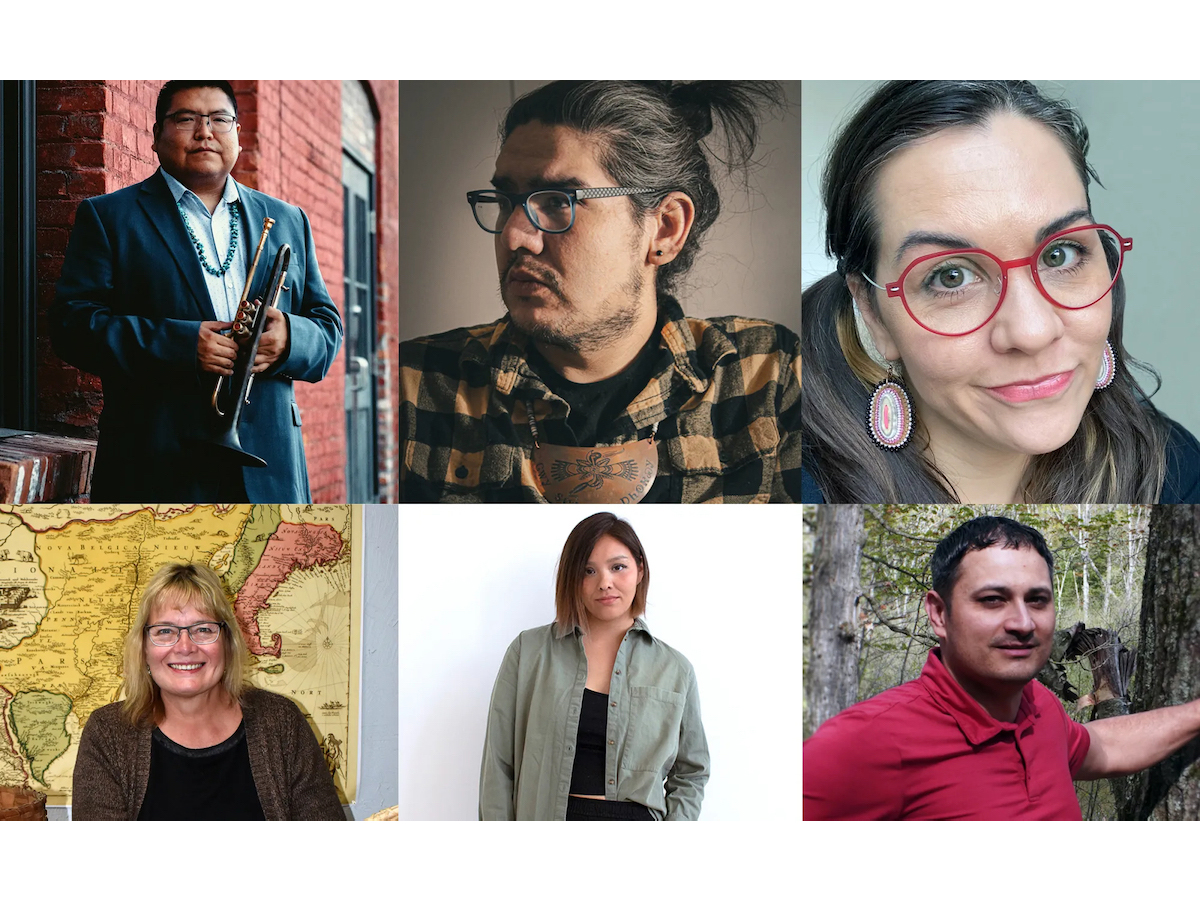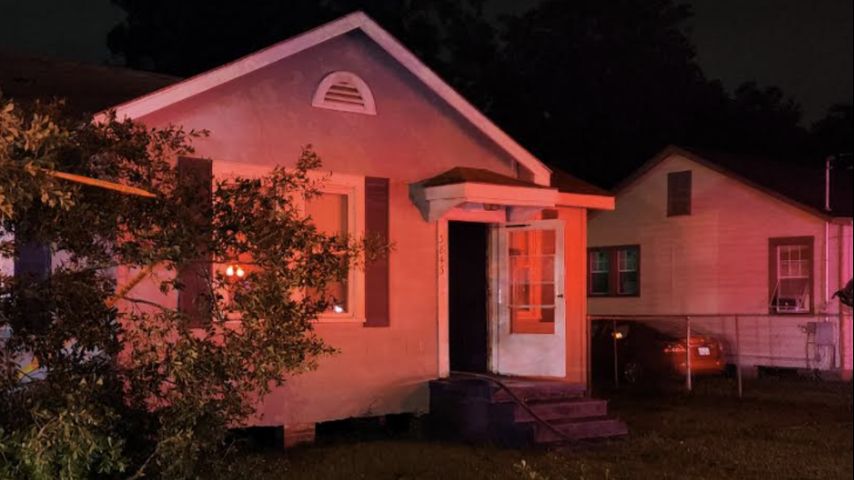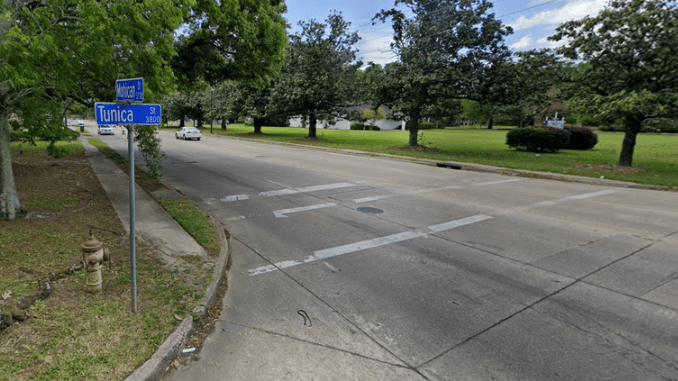 Forge Project 2024 fellowship winners (clockwise from top left): Delbert Anderson (Navajo/Diné), Schon Matthew Duncan (United Keetoowah Band of the Cherokee Indians), Donna Hogerhuis (Stockbridge-Munsee), Lindsay McIntyre (Inuit), Mikayla Patton (Oglala Sioux Lakota), and Sterling Anthony Schreiber II (Stockbridge-Munsee) (images courtesy Forge Project)
Forge Project 2024 fellowship winners (clockwise from top left): Delbert Anderson (Navajo/Diné), Schon Matthew Duncan (United Keetoowah Band of the Cherokee Indians), Donna Hogerhuis (Stockbridge-Munsee), Lindsay McIntyre (Inuit), Mikayla Patton (Oglala Sioux Lakota), and Sterling Anthony Schreiber II (Stockbridge-Munsee) (images courtesy Forge Project)
The Native-led arts and culture advocacy organization Forge Project announced its 2024 fellowship cohort today, May 15, comprising six artists, musicians, filmmakers, and advocates.
Reflecting a diversity of art disciplines, cultural backgrounds, and geographic upbringings, the fellows are Delbert Anderson (Navajo/Diné), Schon Matthew Duncan (United Keetoowah Band of the Cherokee Indians), Donna Hogerhuis (Stockbridge-Munsee), Lindsay McIntyre (Inuit), Mikayla Patton (Oglala Sioux Lakota), and Sterling Anthony Schreiber II (Stockbridge-Munsee). Each will receive a $25,000 grant to support their practices, as well as embark on a three-week stay this summer at Forge’s 60-acre property in the Mahicannituck (Hudson River) Valley, located approximately 115 miles north of New York City.
The announcementof this year’s fellowship cohort comes during a significant transitional period for the Forge Project. In late April, the four-year-old organization shifted to a 501(c)(3) nonprofit status and has been further developing its Native-led framework through the establishment of a seven-member Indigenous Steering Council, which will guide Forge’s major initiatives and future trajectory. The council members, who include artists Sky Hopinka (Ho-Chunk/Pechanga Band of Luiseño Indians) and Jeffrey Gibson (Choctaw and Cherokee), will oversee Forge’s board of directors and that the organization will continue to fulfill its commitment to Indigenous self-determination. It has also laid out three areas of focus for the years ahead: land, language, and sovereignty.
“A large amount of our funding was coming from our co-founder Becky Gochman through incredible generosity and we thought, ‘How can an organization like this also be really centered on the radical potential of the…













